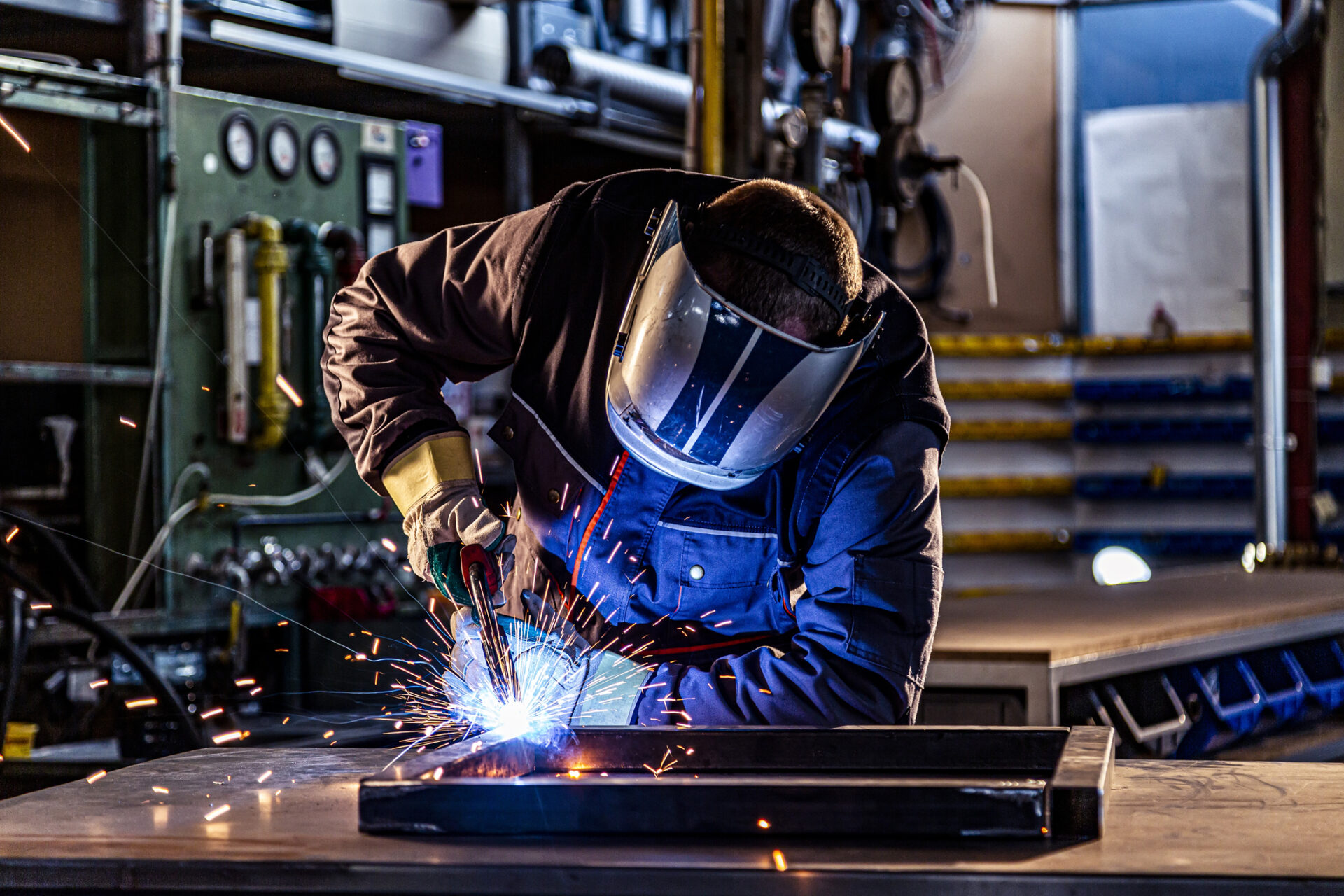New study finds 90% of welders exposed to Carcinogens
Published on Posted onA recent joint study between the University of Sydney and Curtin University found that as many as 46,000 Australian welders are exposed to high levels of dangerous, potentially cancer-causing fumes at work. In addition, the fumes can also cause neurological disorders and respiratory disease.
With this study comes the unfortunate realisation that there are not enough workplace safety measures currently in place to protect workers from these fumes.
As more information is learnt about these new findings, it’s important for GP’s to become aware and more educated about the implications welding fumes may have on patients and the potential occupational illnesses their patients may present with.
The Study
For the study, researchers utilised a group of 634 workers and employers involved in industries/occupations that work with welding. The workers were asked about their work tasks, working environment and the safety measures at their place of work.
The study found that 91% of the welders are exposed to ‘welding fume’, a mixture of fine particles and gases produced when a metal is heated above its boiling point, which contain known carcinogens to humans. These fumes may be inhaled by the welder or other’s working near the welder.
Chromium and Nickle were the main fume constituents that workers were exposed to. However, it is highly likely that other Carcinogenic and hazardous substances are present, such as those that would be released when welding painted and/or coated surfaces.
It was also reported that two thirds of those questioned welded in restricted spaces and about half worked in confined space. Additionally, 86% reported that they often lean over the welding area while working, thus putting their breathing zone directly above the fume source. These statistics are especially troubling as it highlights that a high number of those working in welding industries are putting themselves into positions that put them most at risk of being exposed to Welding fumes. With this knowledge, it is imperative that workplaces enforce a new standard of protection for their employees within the Welding industry in order to protect them from these potentially deadly fumes.
Carcinogens in the workplace
A carcinogen is any agent that promotes the development of cancer. They can include synthetic chemicals, naturally occurring substances, physical agents, and biological agents such as viruses and bacteria.
Carcinogens can be a major factor in certain types of workplaces as Occupational cancers are those that occur due to exposure to carcinogenic agents. In fact, exposure to carcinogens in the workplace are estimated to cause over 5000 new cases of cancer in Australia each year.
Common form of exposure to Carcinogens include:
- Industrial chemicals, dusts, metals, and combustion products (e.g., asbestos or diesel engine exhaust)
- Radiation (ultraviolet or ionising radiation)
The International Agency for Research on Cancer (IARC) identified 225 known and probable cancer-causing agents and circumstances. The types of occupations that were found to have the potential for the highest rate of exposure were:
- Farmers
- Drivers
- Miners
- Transport Workers
- Welders
Interestingly, those who hold a trade and work/live in regional areas were exposed to Carcinogens at a much higher rate.
The Path Forward: Protecting workers from Welding Fumes
This research is alarming as it comes out during a period of time where Occupational Health and Safety for those who work in Trades are a hot topic in the news cycle. From the 1st of July, the manufacture, supply, processing and installation of engineered stone benchtops, panels and slabs have been banned. This was done to protect those who worked with the engineered stone products from Silica dust. The effects of Silica dust were dire as it was predicted that over 10 thousand Australians developed lung cancer as a result of exposure to the dust.
The actions put into place for Occupational hazards such as Silica and Asbestos should be used as a guide on how to approach this rising problem with Welding Fumes. With such strong action being taken to protect workers from the risks of Silica and Asbestos, a similar approach should be taken with those who work with Welding materials. Professional welders must be supplied with upgraded and appropriate protective equipment to make their work as safe as possible.
Health Professionals role in protecting Welders
With this new information on the growing risk of Welding fumes, general practitioners are encouraged to play a key role in assessing a patient’s risk.
This assessment can be done through Occupational screening questions that can be incorporated into the patient history. This will help identify potential exposures in the workplace and what protective measure are in place. This will also help gain information to find factors in the workplace that may be contributing to a patient’s symptoms.
General Practitioners can also emphasise the importance of adhering to recommended protective controls and assisting the patient if their workplace controls are not suitable for protection.
If you are a welder or have been exposed to Carcinogens in the workplace you can contact us for a no fee, obligation free appointment.
Our team of Occupational Disease Lawyers will help you throughout your claims process.


